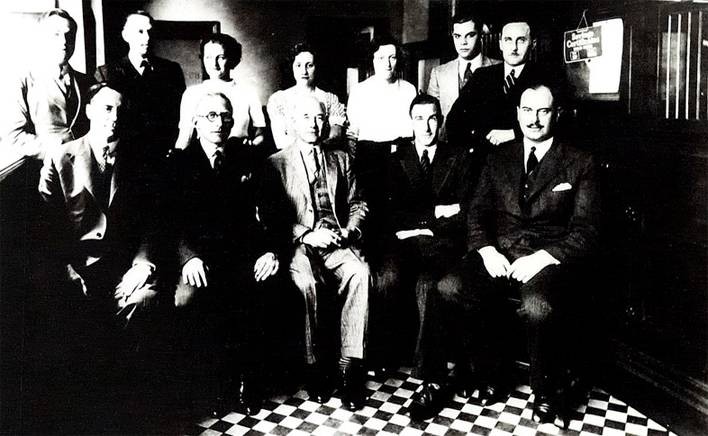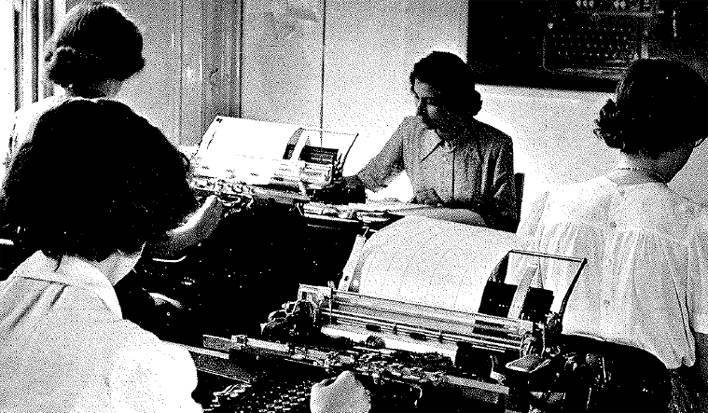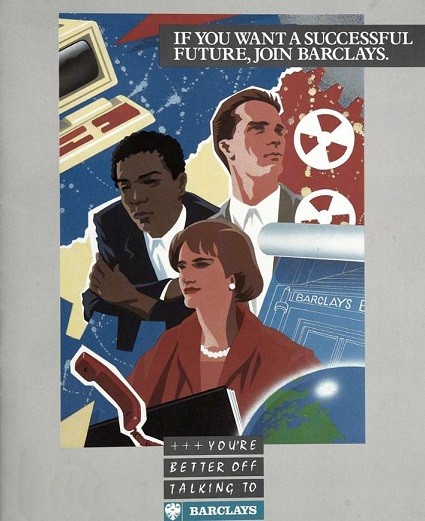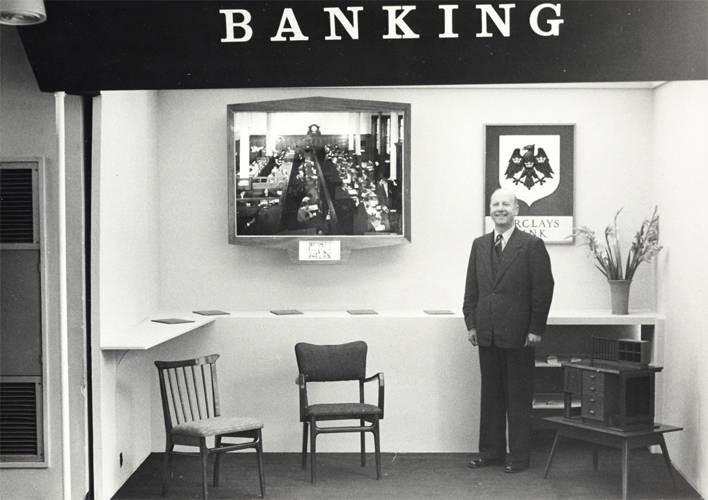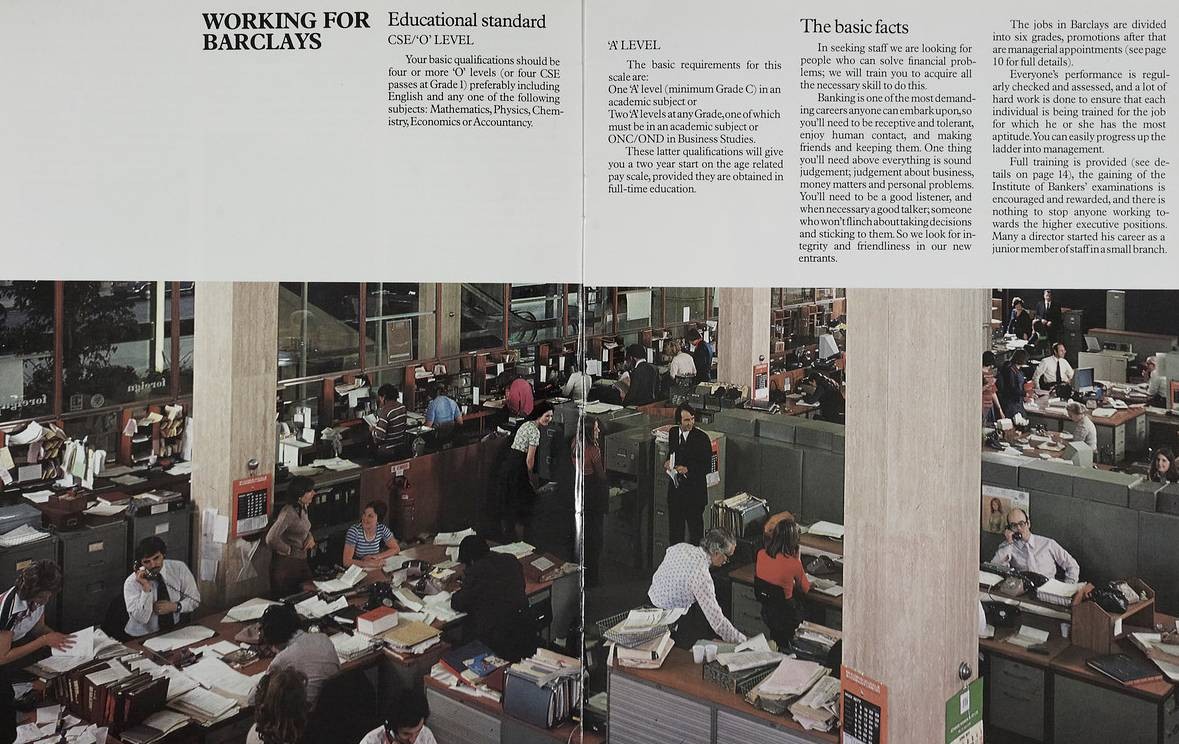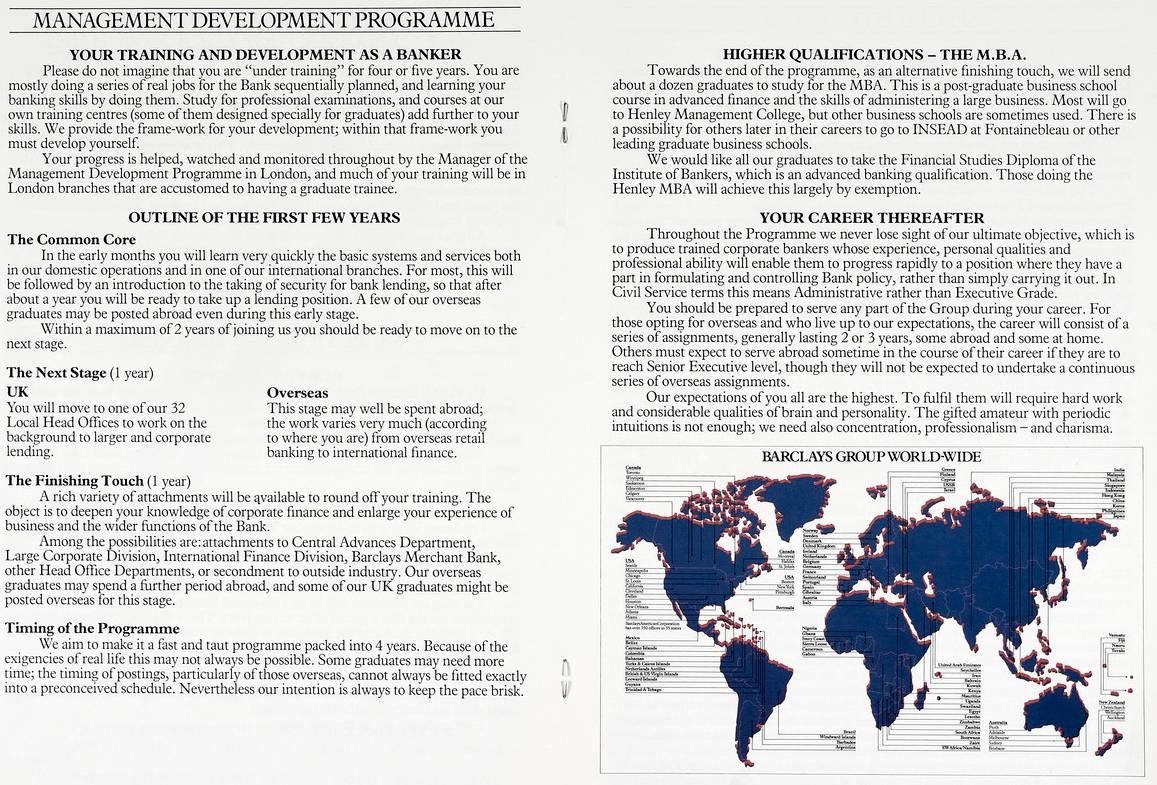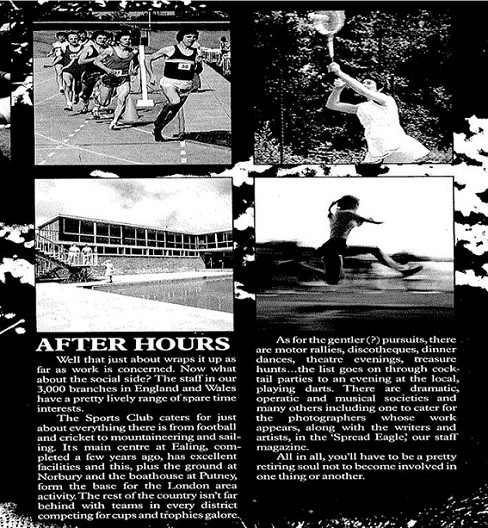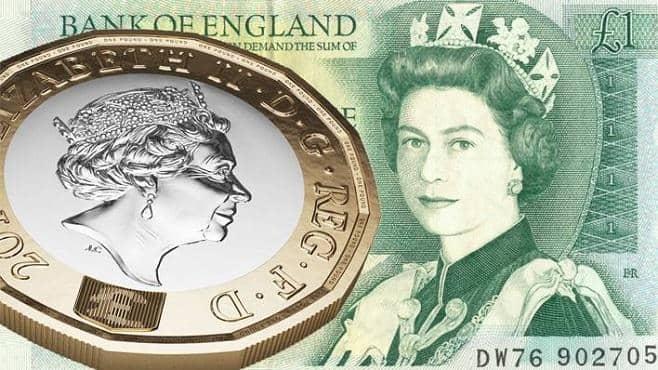
From the archives: The first £1 coin
It was April 1983 and David Bowie was at number one in the charts with ‘Let’s Dance’ when the original £1 coin was introduced
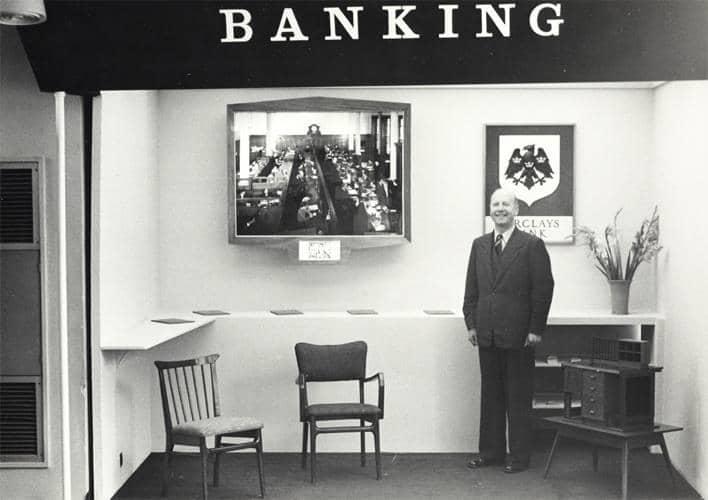
The drive for Barclays to identify top talent began more than 325 years ago in the coffee shops of Lombard Street. Highlights along the way have included the recruitment of the UK’s first female branch manager and rigorous graduate recruitment programmes.
But how much have things changed over the centuries? We take a look into the archives to find out.
The gentlemen clerks
From the early days of banking, the majority of work was conducted by partners, but this all began to change in the 1800s with the emergence of gentlemen clerks – not dissimilar to the foppish George Banks in Mary Poppins.
While clerks kept the branches running on a day-to-day basis, the vast majority never made it into management roles and those with potential were added to a “special list”, typically Oxbridge graduates and those with connections to old banking families.
For gentlemen clerks of the Victorian era (in banks across the sector and not just Barclays), life could be full of rules and regulations – both inside and outside the bank. As late as the 20th century, some banks required men to seek a director’s permission to marry – which would only be granted if the groom-to-be could prove his salary was sufficient to support a family.
Like many professions, banking was once seen as something of a boys’ club. But when world war broke out – twice – in the first half of the 20th century, the financial sector had little choice but to open its doors to women.
When hostilities ceased at the end of World War Two, the impact female staff had on Barclays was undeniable: there were 6,123 women on the payroll – almost equalling the 6,496 male staff. Speaking at the 1945 AGM, Sir Harold Snagge praised female employees as “really remarkable” during the war effort.
The 1950s saw further progress in attitudes towards women in the workplace, with the appointment of the UK’s first female branch manager, Hilda Harding, in 1958. By the end of the decade, female recruits at Barclays outnumbered men at a rate of 1,646 to 343 over six months during 1959.
In the 1960s, efforts to recruit women continued to gather pace. With the abolition of the marriage bar in 1962 (which imposed restrictions on the employment of married women), the bank began to actively recruit female employees for the first time.
This advert seeks “young men of character, and integrity, with a good standard of general education”, but is also keen to point out, “there’s scope for girls as well” who have the potential to become cashiers, supervisors and insurance specialists.
Recruitment efforts also evolved to create a culture around the female employee or so-called “Barclaygirl”. One thing the advertisers wanted to make clear was that the Barclaygirl gained great job satisfaction from her duties and rewards.
The culture of creating an inclusive environment for female employees continues today. The bank was featured in the 2016 Times Top 50 Employers for Women and recently named among the top 100 employers for working mothers.
The mid-part of the 20th century also saw the bank become more proactive in its hiring efforts by launching a series of recruitment fairs – such as the 1958 exhibition in Hemel Hempstead (shown below).
During the late 1950s, the bank also began to visit schools and universities, publishing adverts with application forms, stating minimum educational requirements.
By the latter part of the 20th century, education was no longer exclusively a privilege of the elite, but suddenly open to a new sector of society. For Barclays, this meant a new breed of potential bankers and in 1968, the bank created a systematic graduate recruitment programme.
In Graduate Careers with Barclays (1978), potential hires were told: “We are looking for people who want more than a job; people who are ambitious and can accept a challenging, demanding training schedule and are prepared to work for professional examinations.”
Nearly four decades later, the message hasn’t altered radically. In fact, it could be difficult to identify which belongs to 1978 and which belongs to 2016, with the current website stating: “As a graduate here, you’ll do more than just experience our momentum – you’ll keep it going. Respected and valued, you’ll bring your own perspective to our challenges.”
Sporting the Barclays’ badge
Throughout the generations, a career at Barclays has involved getting off the bank floor and onto the sports field. The bank officially formed its sports club in 1919 and by the 1970s, there were more than 5,000 members, while the musical society hit a high note with a performance at the Royal Albert Hall. For recruitment, these activities could be a major draw for new talent – with the images below featuring in a recruitment drive from the 1960s.
Keen to embrace the passions of the times, the bank had its own gramophone society at one point.
The rowing club even had its own boathouse in Putney and an aptly named yacht – The Spread Eagle of Lombard Street.
If you’d like to be part of bank with a proud 325-year tradition, see our careers page.

It was April 1983 and David Bowie was at number one in the charts with ‘Let’s Dance’ when the original £1 coin was introduced
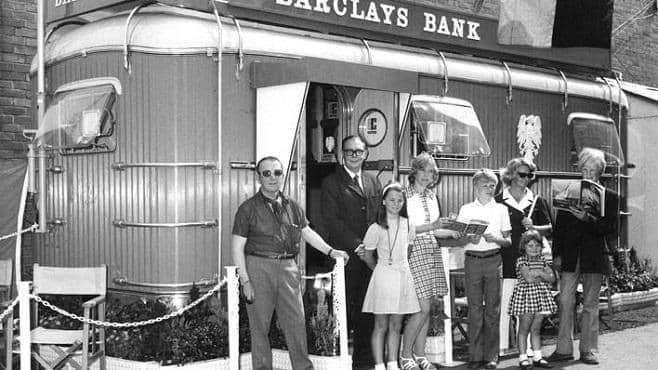
Barclays’ commitment to meeting customer needs has seen the bank conduct business in the unlikeliest of places

For as long as there has been currency, there have been counterfeiters

Barclays’ relationship with Tottenham Hotspur stretches as far back as 1898, with signature books from the White Hart Lane branch of London & Provincial Bank
